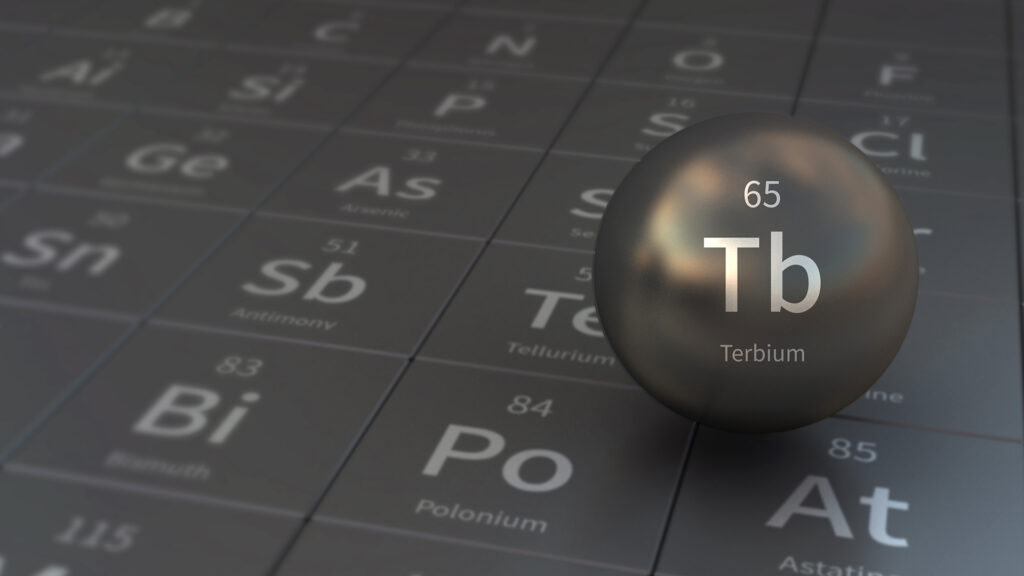Namibia Critical Metals, in collaboration with its strategic partner JOGMEC, is rapidly accelerating the development of its flagship Lofdal heavy rare earth deposit in Namibia.
Namibia Critical Metals is developing a Tier 1 heavy rare earth project, Lofdal, a globally significant deposit of the heavy rare earth metals dysprosium and terbium.
Lofdal is the most advanced project in the company’s portfolio, with a mineral resource estimate of 43-101 established in 2012 and updated in 2021 and 2024, and a preliminary economic assessment completed in 2014 and updated in 2022.
On January 27, 2020, the Company announced that it has entered into an agreement with Japan Metals and Energy Security Corporation (JOGMEC) to jointly explore, develop, develop, refine and/or market Lofdal mineral products.
This article explores the rare earth potential of the Lofdal deposit and the importance of the JOGMEC partnership in ensuring a stable supply chain.
Why is Lofdal important and how does it contribute to a stable supply of rare earths?
Most rare earth deposits around the world are dominated by light rare earths such as cerium, lanthanum, and neodymium. Lofdal stands out due to its unique high content of heavy rare earth elements (HREEs), especially dysprosium and terbium. These two metals are among the most important for high-performance permanent magnets, which are essential for electric vehicles, wind turbines, and defense systems.
The rarity of HREE deposits makes Lofdal one of the few large-scale potential suppliers outside China. Another strategic advantage is the project’s unusually high dysprosium to terbium ratio. These elements are among the most valuable rare earths and are officially classified as important by the EU, US and Japan.
Equally important is Namibia’s role as a mining-friendly jurisdiction. More than 90% of the world’s HREE supply currently comes from China, where exports have been restricted in the past, making Lofdal a geopolitically secure alternative in Africa.
As the project progresses, Lofdal is expected to play a key role in diversifying global supply chains. New sources of HREE outside of China will help reduce dependence on a single country, while providing downstream security for industries that rely heavily on dysprosium and terbium.
With large tonnage and already demonstrated high-grade HREE zones, Lofdal has multi-decade production potential. Ongoing drilling and feasibility work is designed to further expand the resource and ensure the deposit can meet long-term demand growth. Namibia’s established infrastructure and track record in uranium and lithium mining further support the project’s stability.
What is the current stage of development of the Lofdal deposit (licensing, resource estimation, feasibility study, etc.) and what are the future milestones?
The Lofdal project is fully permitted, holds a 25-year mining license and has all necessary environmental permits. NCMI is currently finalizing the pre-feasibility study, which is expected to occur in late November 2025. The company will then immediately conduct a final feasibility study in 2026.
What role will the joint venture with JOGMEC play in the development of the Lofdal deposit and why is the partnership important for the supply chain?
The Lofdal project is being developed through a joint venture between Namibia Critical Metals and JOGMEC. This partnership is not just about funding mines, but about securing and stabilizing global supply chains for critical minerals.
JOGMEC is funding exploration and development in stages, which reduces NCMI’s financial risk and ensures steady progress through drilling, feasibility studies, and ultimately mine construction. Beyond capital, JOGMEC offers technical expertise in geology, metallurgy and processing, areas that are particularly complex in heavy rare earth projects.
The involvement of Japanese government-backed organizations also carries geopolitical significance. This will provide a reliable transport route for dysprosium and terbium to Japan, one of the world’s largest consumers of rare earths for use in electric vehicles and advanced manufacturing.
This strengthens Namibia’s role as a reliable supplier to allies seeking to diversify away from Chinese domination.
A model of global cooperation
For the supply chain, the JOGMEC partnership emphasizes the importance of diversification. Almost 90% of the world’s dysprosium and terbium is sourced from China, and Lofdal is one of the few non-Chinese heavy rare earth projects with a clear route to market.
The joint venture will allow Japan to secure direct, long-term supply, while also validating the project with other potential off-takers and financiers in Europe and North America.
This model, which brings resource-rich countries together with project developers and major industrial nations, could serve as a blueprint for future cooperation in securing minerals essential to the clean energy transition.
What is the future of the partnership between Namibia Critical Metals and JOGMEC?
JOGMEC’s business model involves investing in early-stage exploration and development projects to identify and de-risk resources of strategic importance to Japanese industry. They will then bring in Japanese industrial companies, which will eventually take over all or part of the interest in the project.
After the completion of the PFS, JOGMEC and NCMI plan to identify potential Japanese industrial partners to participate in the project. This is an important milestone that will enable rapid acceleration of development funding from the Japanese government, allowing Lofdal to move into production and secure exclusive supplies of heavy rare earths outside of China.
Source link

